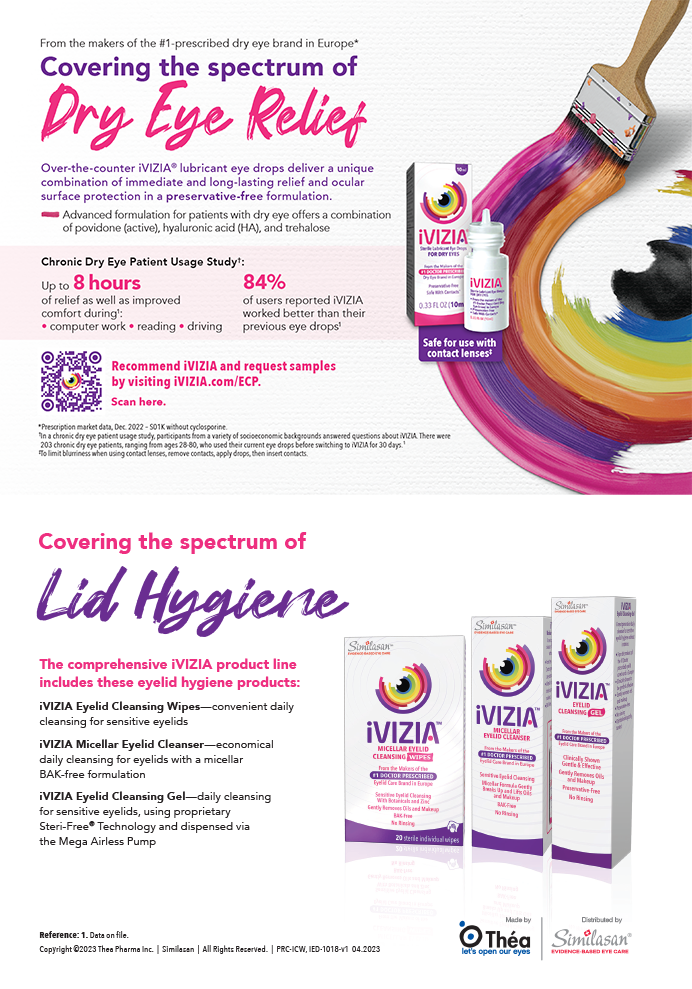With the approval process for new medical devices more difficult, expensive, and time-consuming than ever before, more than one observer has wondered aloud whether the innovations that propelled ophthalmology into the digital age would be approved in today’s regulatory climate.
Before 1976, when device regulations were first implemented, there was nothing but malpractice lawsuits and the opprobrium of one’s peers to prevent quackery in medical innovation. Looking back from 2011, the old days may resemble the Wild West more than an orderly system of technological development. Although there was certainly more freedom to experiment—on live subjects and otherwise— the old guard of medical practitioners and academics offered a remarkable amount of resistance and criticism to the mavericks who would break the bonds of rigid tradition and invent something new.
The soul-crushing experience of Charles D. Kelman, MD, while he developed phacoemulsification in the 1960s is well known, as is the determined pushback against the introduction of IOLs in the 1970s. The charge to introduce these lenses was led by Kenneth J. Hoffer, MD, and his newly formed American Intra-Ocular Implant Society. Some of the criticism they endured at the time still seems shocking today. Speaking with Cataract & Refractive Surgery Today, Dr. Hoffer recalled when detractors “went out of their way to publicly humiliate doctors who were doing phaco and IOLs. They were called ‘intraocular time bombs,’ and that phrase went around the world. It was out-and-out warfare to get rid of these IOLs and basically shut up people who were attempting to push them.” Nevertheless, without regulatory law to prevent their use, these new technologies forced their way into practice by dint of their undeniable efficacy.
Developments such as IOLs, LASIK, and other gamechanging techniques and technologies were radical for their times and were not initially viewed as obvious successes. They succeeded anyway, often thanks to the courage and tenacity of their inventors. Looking through today’s FDAapproval prism, John Vukich, MD, worries that “the unintended consequence of this increased burden of proof for safety and efficacy is that we are now developing fewer things, or the things that we develop potentially have less risk and subsequently even less potential for being groundbreaking. We take small steps with things that we think are going to move incrementally instead of taking big steps we think are going to be dramatic. It’s an insidious effect that is occurring in slow motion over time, but cumulatively, it’s a change the consequences of which most people that work in new technology don’t appreciate or understand.”
Richard L. Lindstrom, MD, takes this thought experiment to its natural conclusion by imagining a world where ophthalmic technology stands still: “If we were trying to do 3.2 million cataract operations a year using intracapsular cataract extraction without intraocular lenses—fitting patients with soft contact lenses like we were when I started or aphakic spectacles—it would be impossible. Most of us believe, in the current regulatory environment, we would not have been able to get approval for any of the innovations that we take for granted today or certainly not at a cost that would attract the investment that allowed those things to happen. A lot of us believe it’s going to be in our country’s and our patients’ best interest to go back a little bit [to] the way it was a few years ago.”


